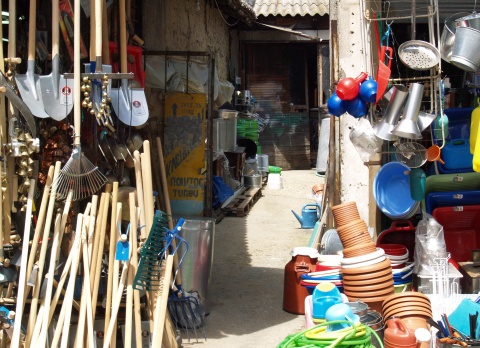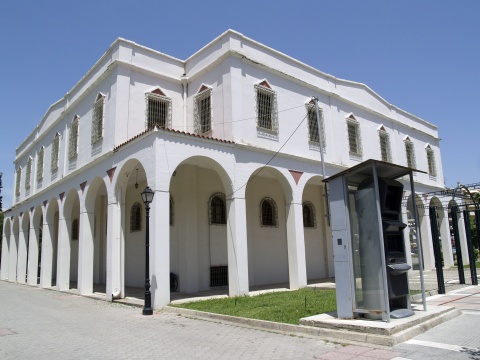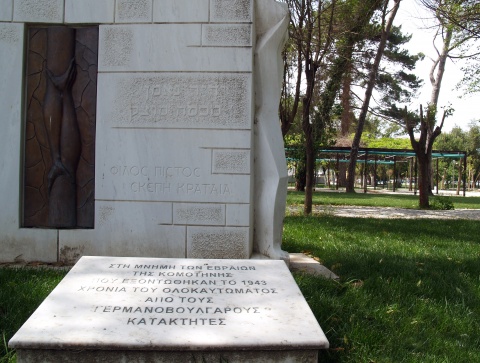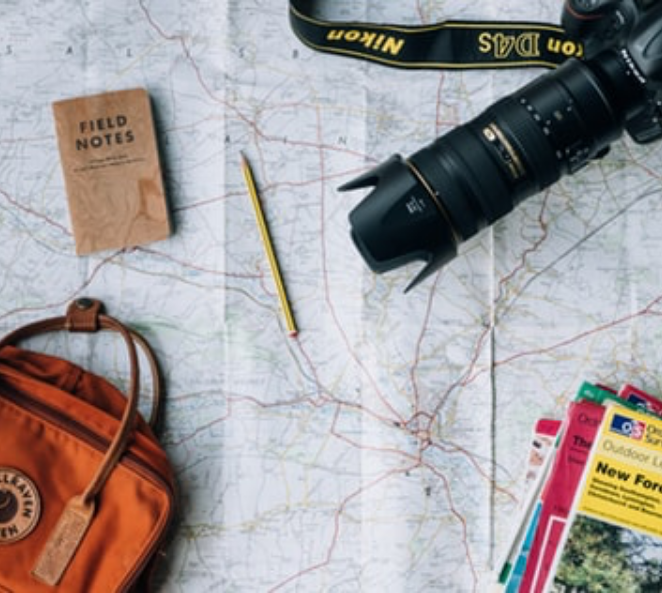Komotini is a city, whose historical continuity is captured in front of the eyes of the visitor, while its living cultural tradition is an integral part of its daily life.
Archaeological findings testify activity from the ancient Greek years and the Roman period, while the city of Komotini was developed during the Byzantine and Ottoman periods. The Balkan Wars marked the liberation of Komotini and its integration into the Hellenic Republic, which was sealed with the diplomatic victory of the Prime Minister of Greece Eleftherios Venizelos and his close associate Harisios Vamvakas on May 14, 1920.
The visitor of Komotini can walk in the city and enjoy in every corner its features, that make it unique. The Byzantine Castle, the Clock Tower, the Traditional but also modern Agora of Komotini, the Municipal Park, the Church of the Assumption of the Virgin, the Mosques of the city, the Armenian Church of Agios Grigorios, Ptohokomeion (Imaret), the Nestoros Tsanaklis Urban Shool, which has been renovated and operates as a Municipal Library, the city mansions are just a few characteristic sights that the visitor can enjoy.
Also, the museums of the city demonstrate the great historical and folklore identity of the area and are living monuments of art and tradition. The Archaeological Museum, the Folklore Museum, the Ecclesiastical Museum, the Museum of Roma basket weaving and the Thracian Museum of Education as well as the Conference and Cultural Center of Komotini are a pole of attraction for the visitors of Komotini, . Also, the municipal museums (Skouteri - Dintsoglou, Karatheodori, Natural History and Papadriellios Gallery) are available for the public and and they are important part of the cultural map of the area.
Finally, the visitor can enjoy the living cultural tradition of Komotini, through the cultural events organized by the Municipality of Komotini (Music Day, three-day Fanari Festival, Guitar Festival, summer cultural events on the coastline, etc.). or other organisations , or even to visit the traditional festivals, mainly on the villages of our Municipality, which vividly capture the tradition of the area and the people of our area are waiting to welcome you.






